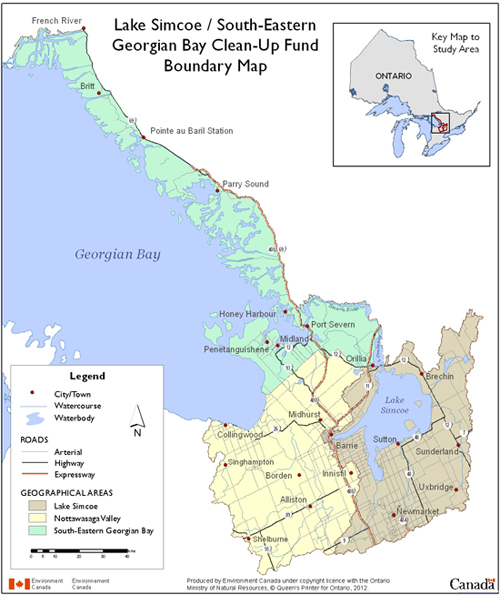A watershed is the land area from which water is collected and drained into a body of water such as a stream, river, lake, or ocean. The size and shape is determined by geography; hills, moraines, and other tall features form the outskirts of a watershed as the water flows downhill. A larger watershed, such as one draining into a lake can be divided into subwatersheds based upon individual river systems. Several watersheds can be grouped together to form a single watershed for large bodies of water, such as the Great Lakes.
The boundaries of a watershed usually do not coincide with government boundaries. A watershed can then be half in one county and half in another if the county or municipal border is following a river or creek. This creates problems when working within the watershed as it is under two separate governing bodies. It’s common for a watershed to be impacted by the laws of several regions, townships, towns, and cities.
Water is always flowing somewhere, whether quickly or slowly. Issues that arise in an area at the top of a stream will travel down that stream to a river. The river will carry that issue down to a lake. In time, that issue can make its way into the ocean and could grow and change along the way. Any effort made to mitigate problems upstream or at the margins of a watershed will have an impact further down the waterway.
The HMGA-LSGBCUF project is working within three neighbouring watersheds: Lake Simcoe, Nottawasaga Valley, and South-Eastern Georgian Bay, as shown in the map below. Together they cover and influence a vast area of both land and water as well as impact the people who live within them.
- Canadian Geographic. (n.d.). Watershed 101. In Protect your watershed. Retrieved September 23, 2014, from http://www.canadiangeographic.ca/watersheds/map/?path=english/watershed101
- Environment Canada. (2014, September 5). Lake Simcoe/South-eastern Georgian Bay Clean-Up Fund (LSGBCUF). In Environment Canada - Water - Lake Simcoe Clean-Up Fund. Retrieved September 15, 2014, from http://www.ec.gc.ca/eau-water/default.asp?lang=En&n=85C54DAE-1
- Lake Simcoe Regional Conservation Authority. (n.d.). Our Watershed. In The Lake Simcoe Watershed. Retrieved September 22, 2014, from http://www.lsrca.on.ca/about/watershed.php

 RSS Feed
RSS Feed
